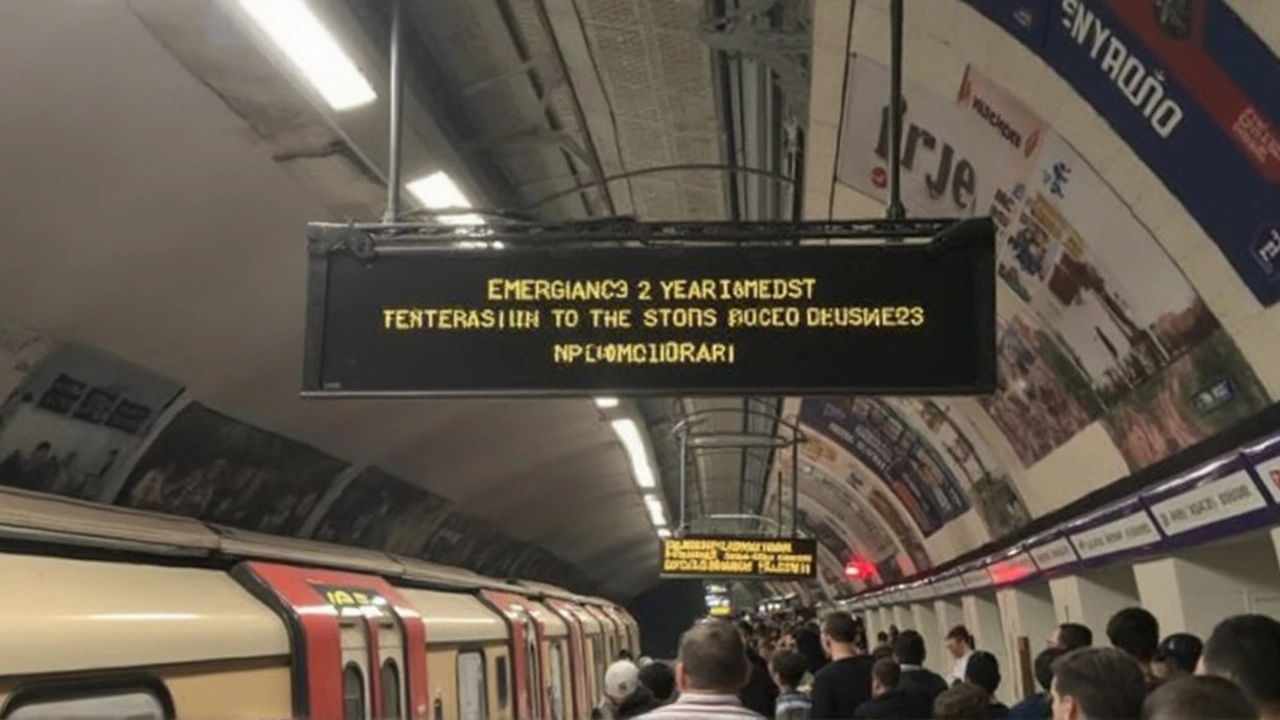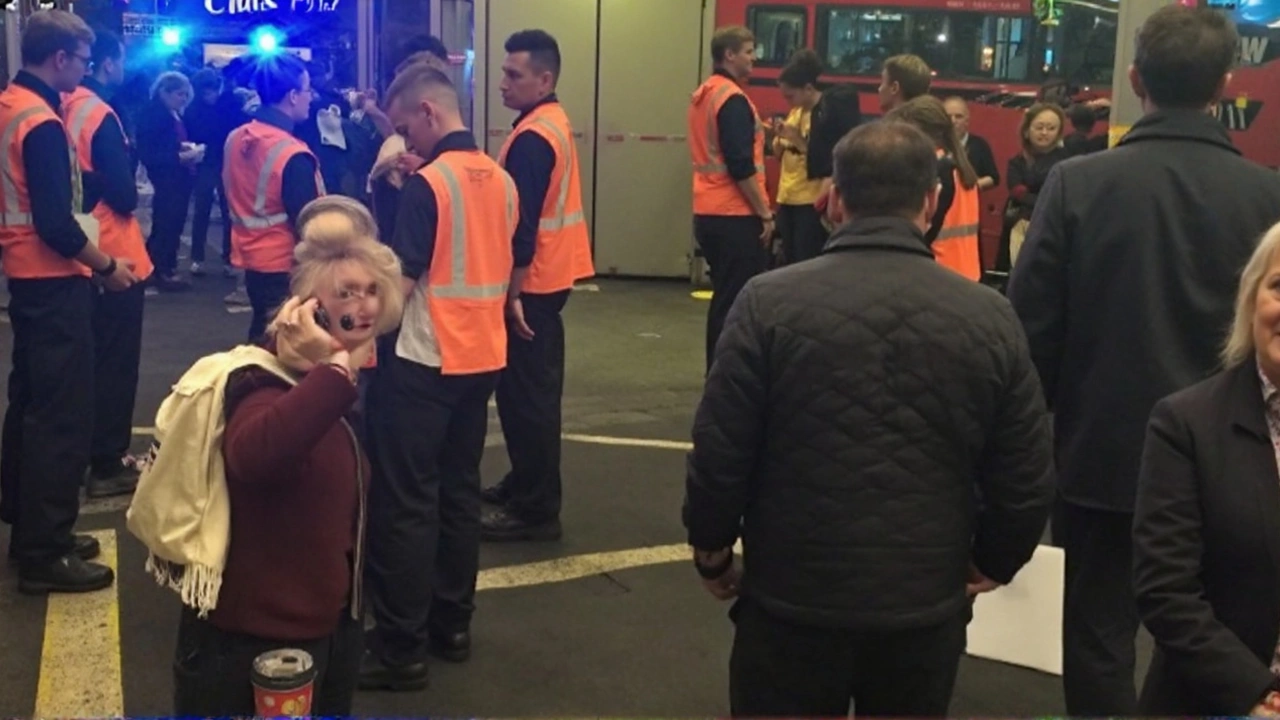The Sudden King's Cross Evacuation and Its Ripple Effect
Early on the morning of May 1, 2025, the heart of London’s transport system was thrown into turmoil. With no warning, staff ordered everyone out of King's Cross station. Passengers scrambled for the exits, abandoning coffees, suitcases, even shoes—anything to get clear of the platforms. Torn between following directions and checking phones for updates, thousands flowed onto Euston Road, crowding the pavement and junctions around one of the busiest terminals in Europe.
The official word on the cause was frustratingly vague: an ‘unconfirmed’ incident. In those first tense minutes, rumors swirled about a suspicious item possibly left on the premises. Some thought it was nothing, others panicked, recalling how King’s Cross is no stranger to security alerts. There’s something different, though, about experiencing a live, unscheduled evacuation during a workday rush. There were families with small children, businesspeople on deadlines, commuting medical staff, and holidaymakers waiting to visit cities as far-flung as Edinburgh or as close as Cambridge—all instantly stranded.

Travel Disruption Far Beyond London
The chain reaction took shape almost immediately. King's Cross doesn’t just move Londoners; it’s a backbone for the entire UK rail network. Lines connecting to major hubs—Leeds, Newcastle, York, and Edinburgh—were suddenly snapped. Trains sat idle at signals as far as Peterborough and Stevenage, and it didn’t take long for delays and cancellations to spread. For commuters on the London Underground, it became impossible to ignore the domino effect. Northern, Piccadilly, Victoria, Circle, Hammersmith & City, and Metropolitan lines all serve the complex underground web tied to King’s Cross. Suddenly, interchange points were packed, with frustrated travelers looking for alternate routes or simply giving up and turning back.
By lunchtime, social media was flooded with posts from people unsure if they would make crucial appointments. One student from York missed a university exam. A doctor commuting from Cambridge was forced to cancel clinic hours. Rail operators scrambled to update digital displays with new information—frequently so outdated it was almost useless—while station staff were peppered with questions they couldn’t answer.
- Passengers leaving King’s Cross described confusion—many didn’t know whether to wait or leave entirely.
- Other stations like St Pancras and Euston quickly grew overcrowded, struggling to absorb the redirected flow.
- The disruption rippled out, causing delays on connecting services outside London, stretching into the Midlands and northern England.
King’s Cross processes more than 97 million passengers a year, all depending on a clockwork operation across above- and below-ground rail. On this May morning, the system broke down in seconds, reminding everyone how fine the line is between order and chaos when it comes to city infrastructure.
As authorities sifted through the station, searching for the root cause, the all-clear was eventually given. Still, the backlog of delayed and canceled services revealed the high stakes that accompany any security scare at a place of this scale. No wonder passengers later described that hour as feeling much longer than it looked on the clock.

Write a comment